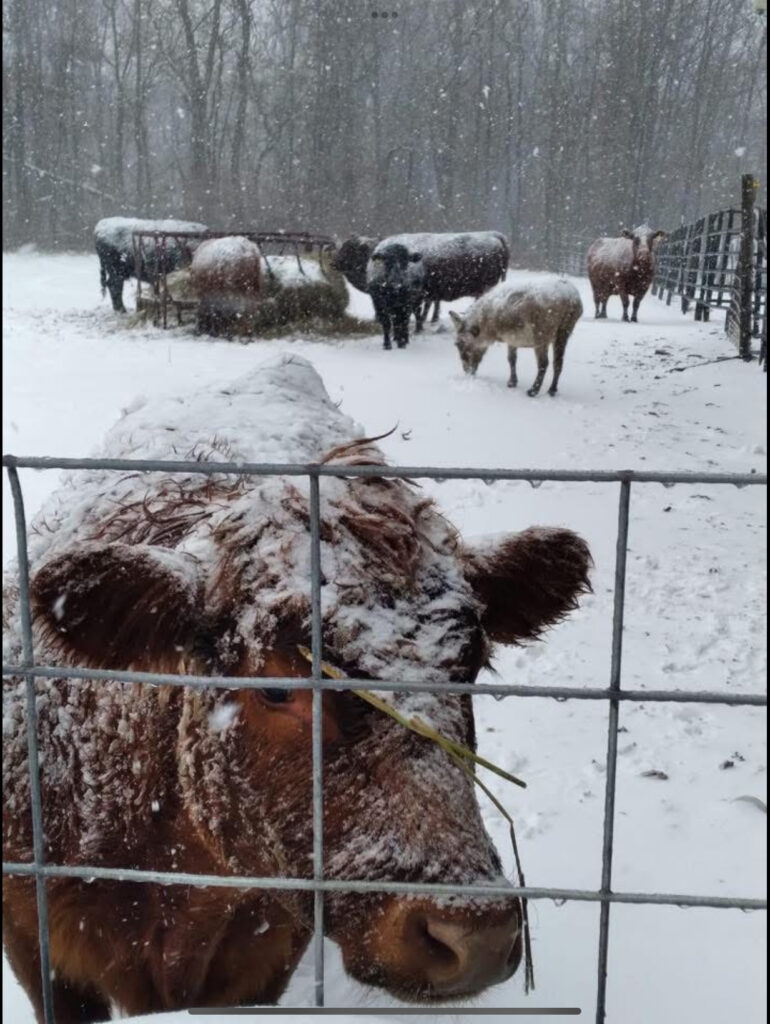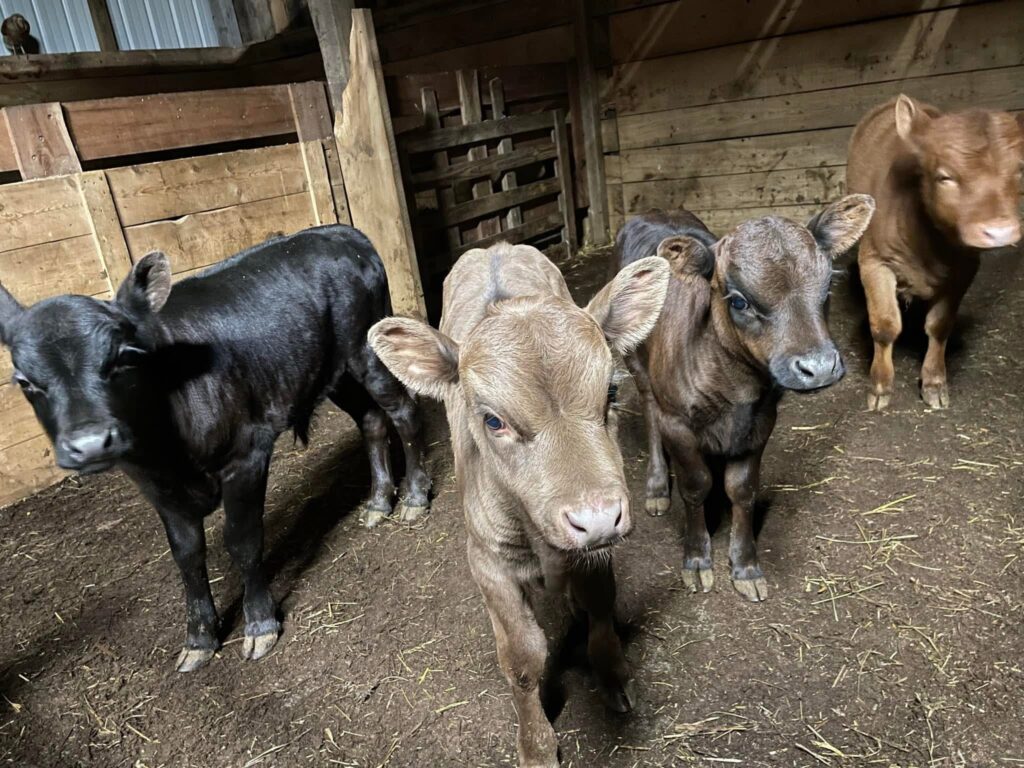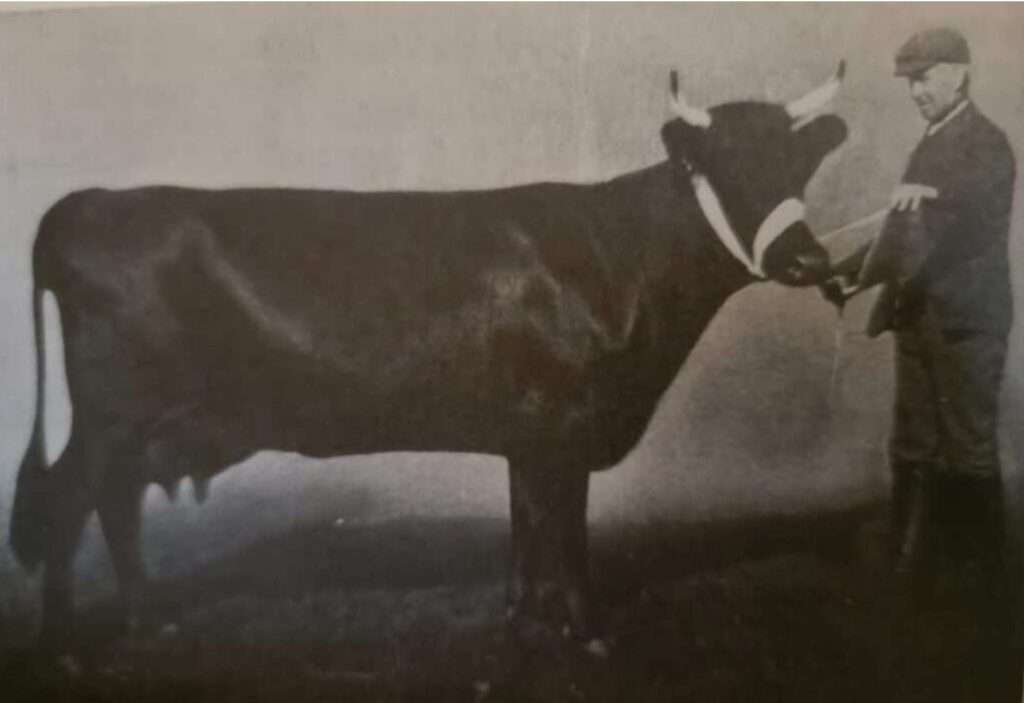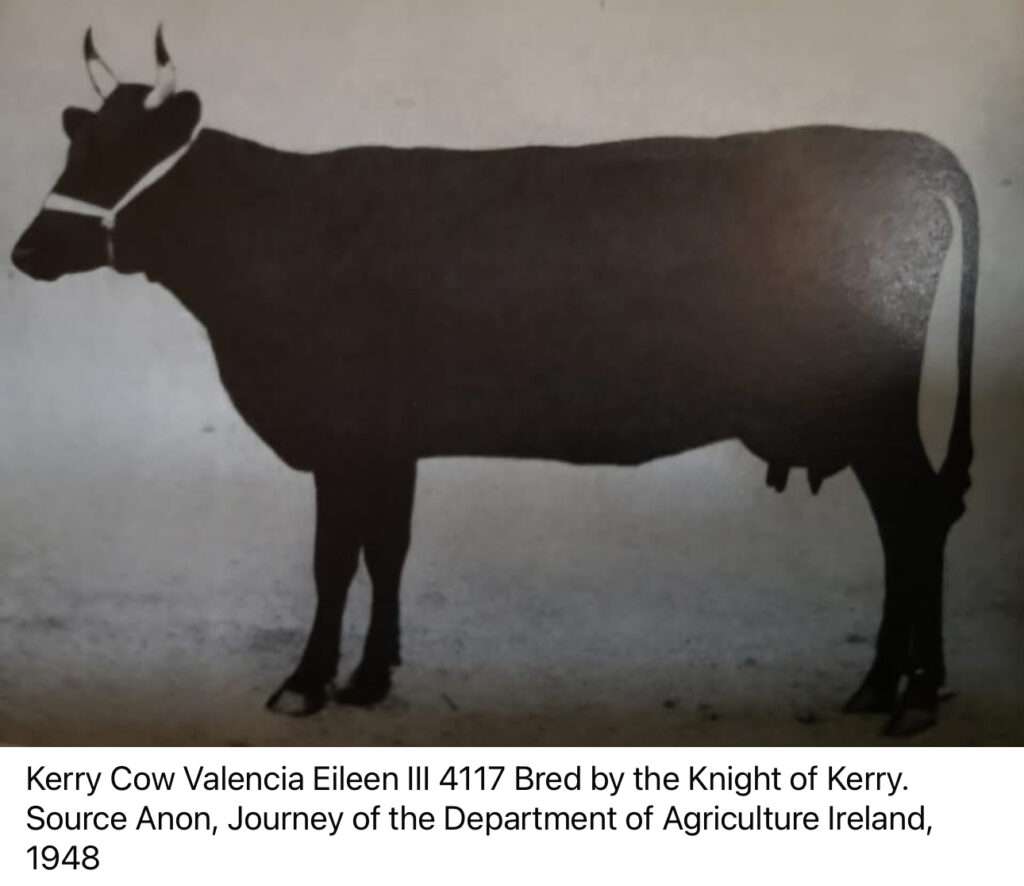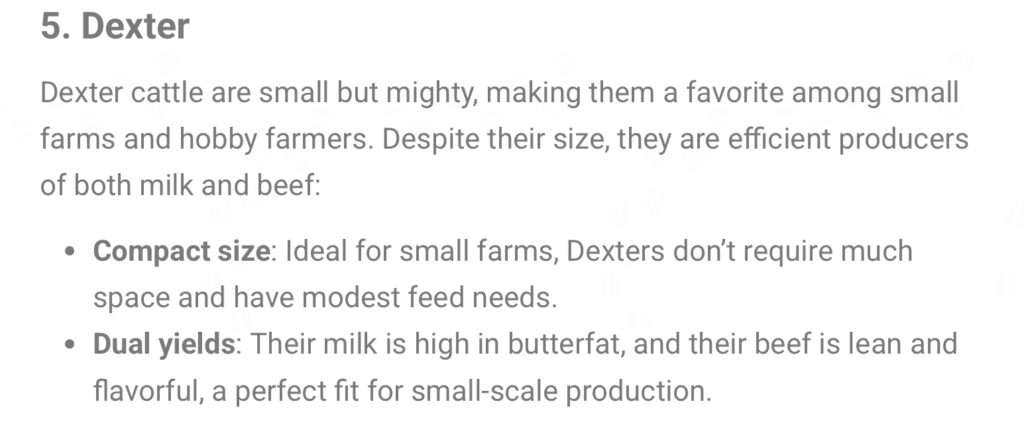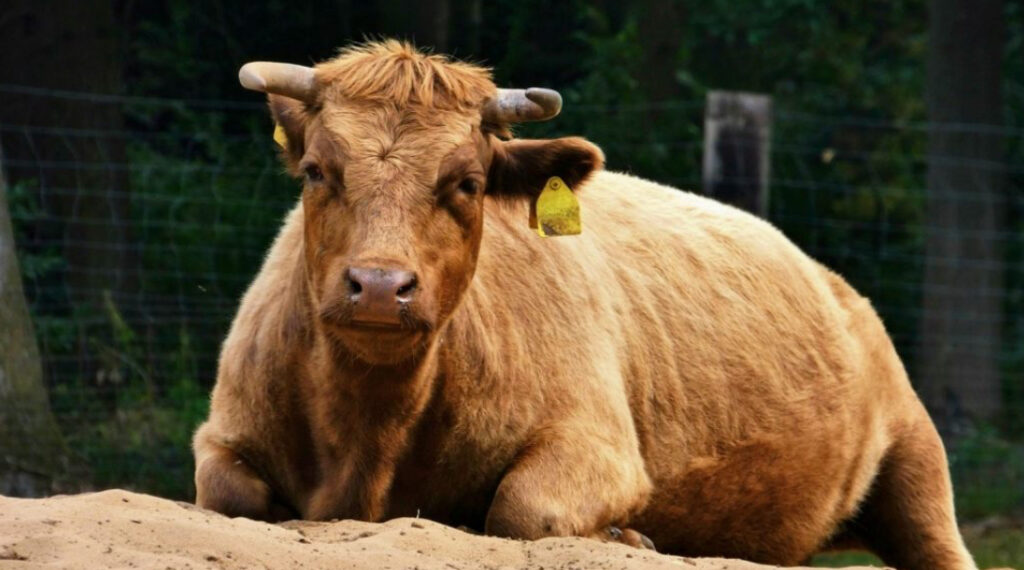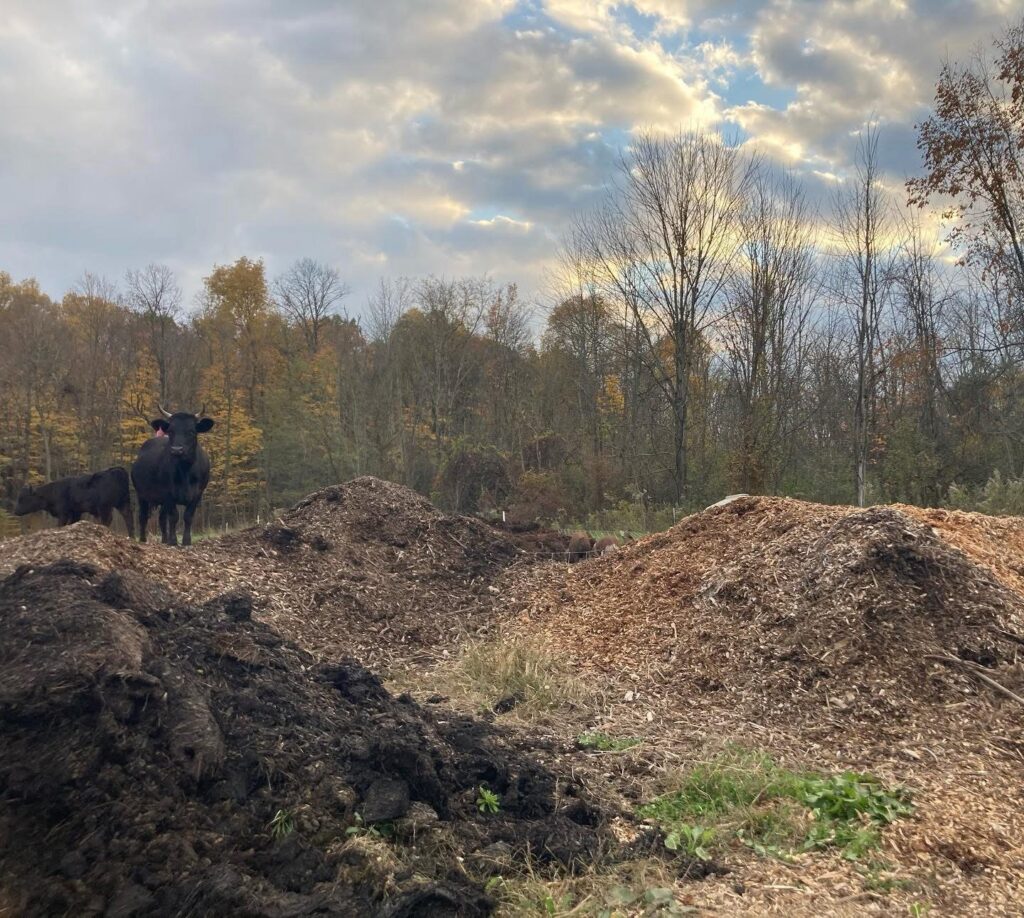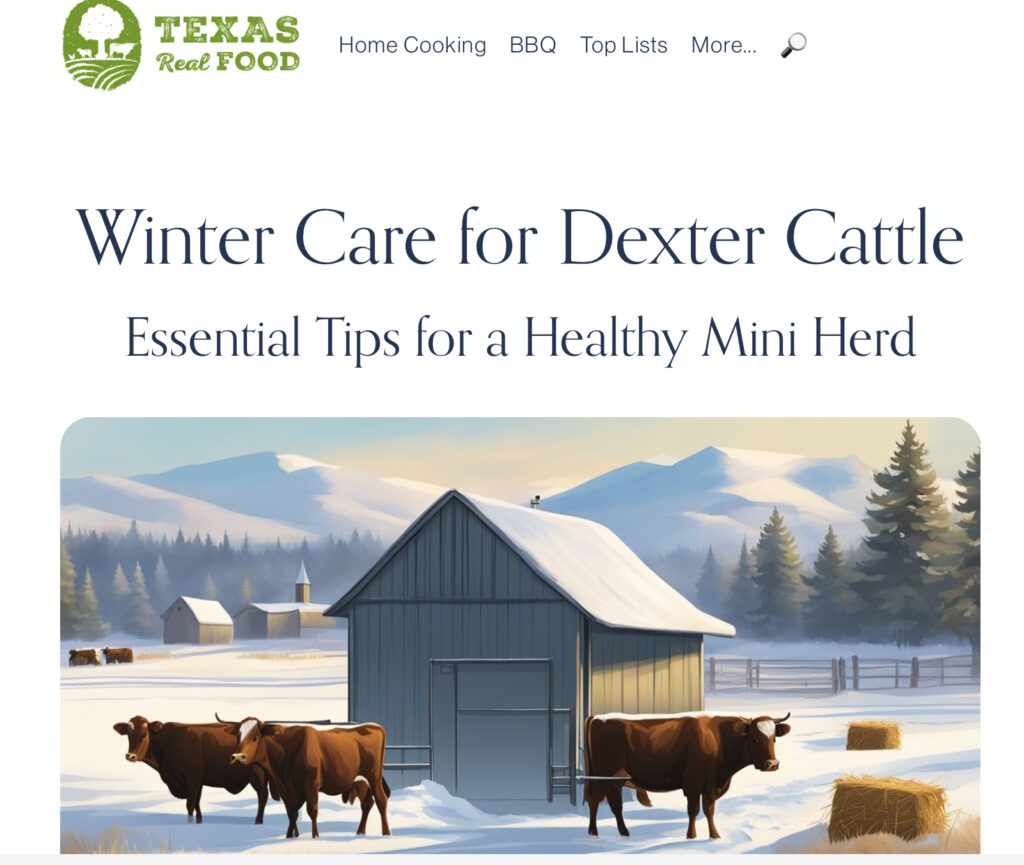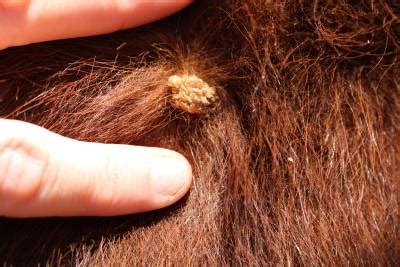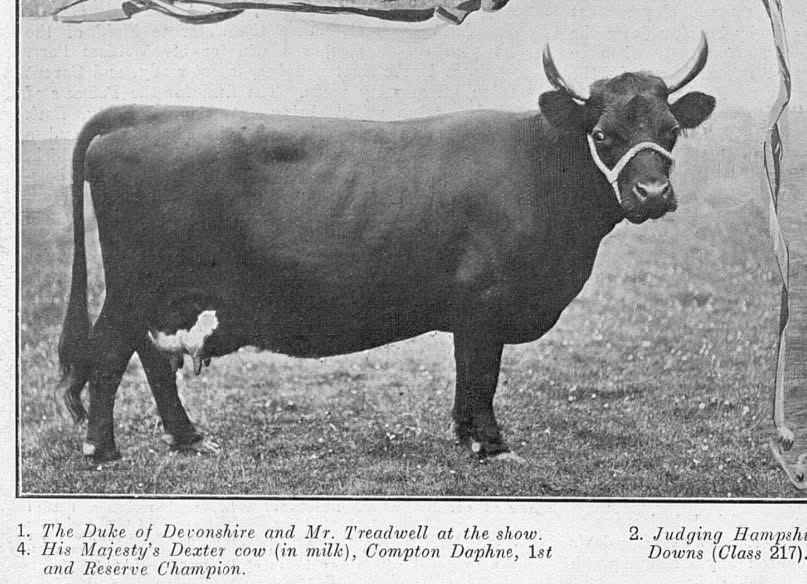THINGS TO CONSIDER ABOUT YOUR HERD IDENTIFIER. A LITTLE BIT OF HISTORY!
By Judy Sponaugle of Legacy
Another registry “innovation” finds the US herd a hodgepodge of mediocre and forgettable initialed herd names. The US is the ONLY country in the world that has so little respect for Dexters they guarantee breeders basic anonymity by using initials of farm names as herd identifiers! Goodness but it IS forgettable.
Here’s an example. I was trying to convince a new breeder about to register a first calf NOT to use the initials encouraged by the US registries for it all but determines anonymity for their herd. Truth be told. . . . there are only two initialed herds in the US I remember by initials, both because the owners were/are prominent in the breed. So, . . . I gave this person examples of wonderful and imaginative herd names, and then I looked at the state of Virginia ( where the owner lived) and picked out three herds with initials. I know most herds and owners by heart through constant research. . . and I looked at the initials and began the process of trying to remember the herds. It was a struggle! One of the herds I knew very well because my own bloodlines founded the herd and it was a perfect example of how even a constant researcher will NOT recognize herd initials. Almost guaranteed anonymity and obscurity unless the person becomes a huge long-term breeder with a large herd.
Woodmagic was chosen by Beryl Rutherford because it was based on a favorite book from childhood, and all her Dexters were named after woodland creatures and birds. Grinstead brings a smile to one’s face, with or without the beautiful photos of that herd and it’s dominance in pedigrees through the years. Most English herds were named after the homes or estates or towns where they grazed. It would be interesting to know the history of the choice of La Mancha for the Robertson family’s Dexter herd, but Round Chimneys leaves little to the imagination. Parndon was a parish in Essex, England, and the origins of Ypsitty is still a mystery to me. My least favorite herd name in the English records is Bryn-y-pin because it was difficult to type.
American herd names prior to the 90’s were also imaginative and memorable. Peerless certainly lived up to it’s identity, and every Missouri Dexter owner would immediately know the roots of “Shome”! Shamrock immediately brings to mind the hallowed green leaf of Ireland, while Rainbow and Rainbow Hills are colorfully soothing to imagine. Talisman is a herd name I always liked, and there is a Virginia herd that lives in literal “Paradise”. The Lone Star and Cascade herds identify their geographic locations but also denote history, and Chautauqua identifies an area of NY where the herd is located. ( Another typing challenge for me).
Then we have SGF and SMD. These herds are owned by long-time well known breeders. Can you immediately identify these herds or do you have to stop and think as I did with a herd I knew as well as my own? In England, or Australia, or even Canada, you would most likely know these herds as Spruce Grove or Silver Maple and the identifier would be far more memorable.
One registry started this and the other continued this nonsense of encouraging owners to use initials and give US Dexter herds guaranteed mundane, boring, and unimaginative herd identifiers. This is an “only in America” tradition that needs to fade into the obscurity IT deserves. Please registrars. . . . STOP . .. . .suggesting to owners to use initials. If you are fairly new to the breed. . . . . then CHANGE those initials to a memorable herd identifier and INSIST on it.
IF. . . you are a new breeder and happen to read this page. . . . . . . . . . . . . your Dexter breeding program deserves a unique identity. I strongly urge you not to be led down the initialed path to anonymity.
THINGS TO CONSIDER ABOUT YOUR HERD IDENTIFIER. A LITTLE BIT OF HISTORY! Read More »
Historical

